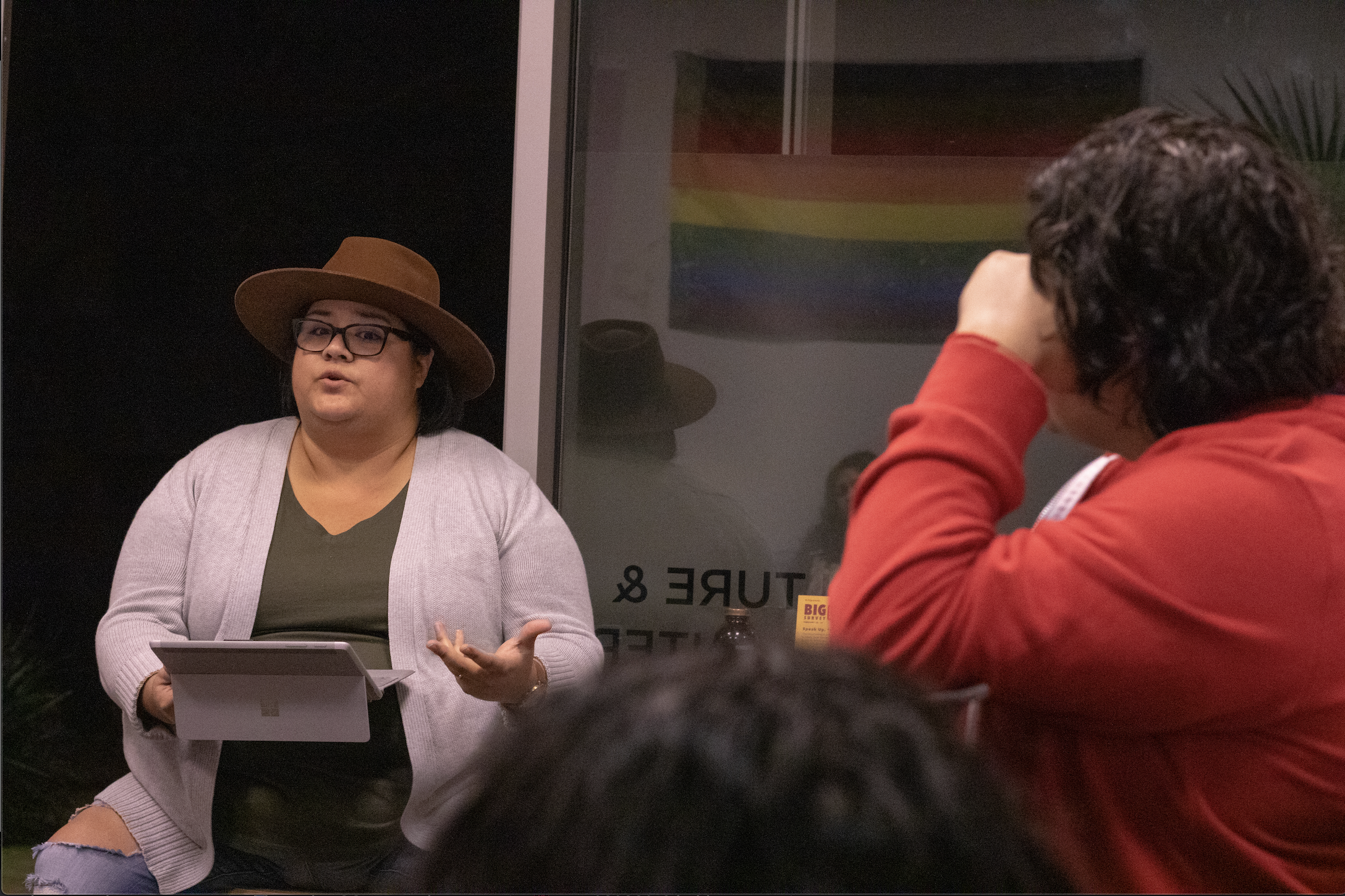Though it may sound foreboding, it’s research, not radiation, happening on the fifth floor of the north library.
By Bria Overs, Managing Editor
The elevator isn’t the only spooky thing in the library. Tucked away, around a dimly lit corner leading to the College of Natural and Behavioral Sciences is a dark room with a locked door. Next to it is a sign that might send shivers down your spine:
“Nuclear Safety Analysis Research Lab!”
Well, set your worries aside, because inside this spookily named room is not a “gamma ray chamber,” there are no “quantum carburetors,” and certainly nothing to be afraid of.
“CSUDH faculty and students are not involved in classified research,” said Antonia Boadi, CSUDH professor of physics and principal investigator for the Probabilistic Risk Assessment of Robots Used In Nuclear Safety Applications project.
According to the Nuclear Regulatory Commission website, this project is supported by them under the Minority Serving Institutions Program where CSUDH received a grant from the NRC in 2014.
The focus of this project is the conducting of research related to robotic automation. Specifically, the use of robots for aerial, underwater and ground nuclear safety, according to the NRC.
“Our students apply our math models to a number of homeland security and defense problems including commercial aviation security, port security, quantifying the economic impact of fear, homeland security crisis modeling, resource allocation for counterterrorism activities, etc.,” Boadi said.
According to the projects’ summary on the NRC website, “[It] introduces students to methodologies that quantify and mitigate the risk associated with accidents and hazards through the integration of Probabilistic Risk Assessment (PRA) into the design process.”
The project uses the development of computer and mathematical models to assess problems and solutions for nuclear power plant tasks that are dangerous for human workers, such as performing maintenance and inspections.
Relying solely on robots, even highly specialized ones, has its own risks involved, such as the creation of hazards and events that lead to high consequences, according to the summary. PRA is used to keep these potential errors at the forefront of the design process of robots for nuclear safety applications.
CSUDH’s project is one of five under the NRC. Having started in 2015, the program has requested $499,334 in funding from the government organization to continue its’ research until 2020.
